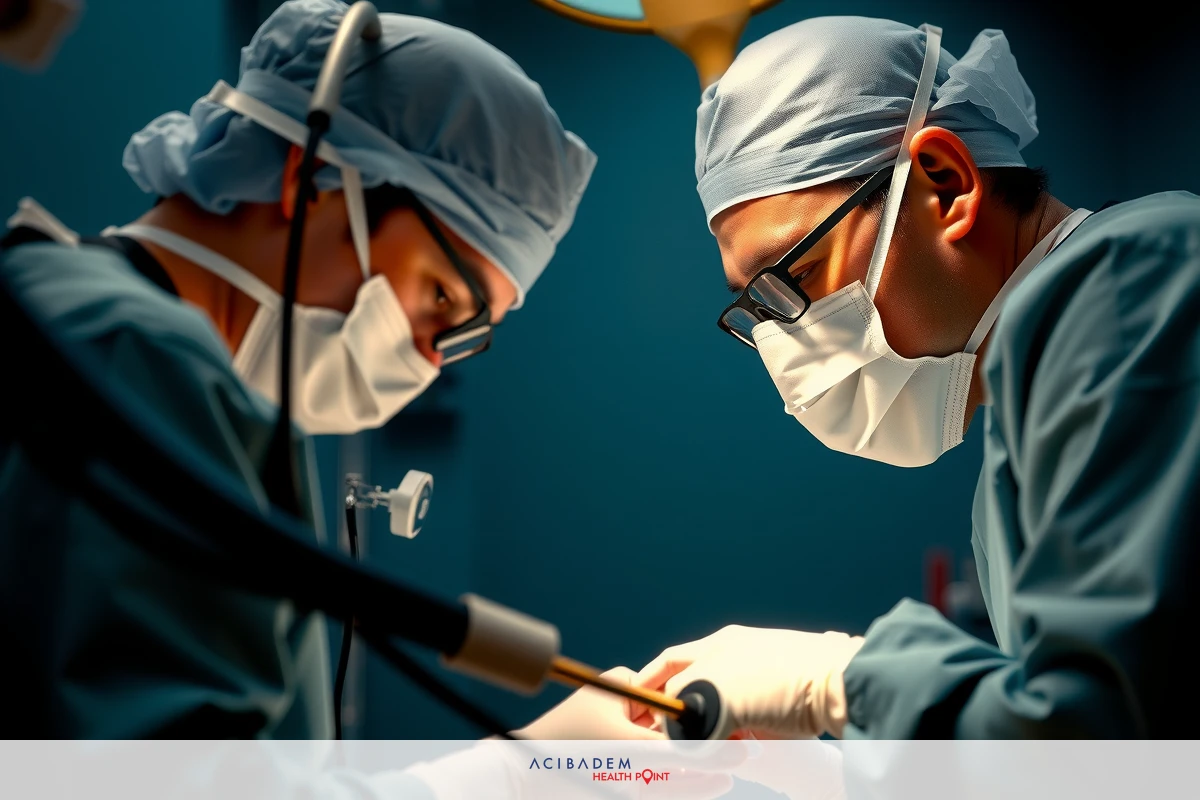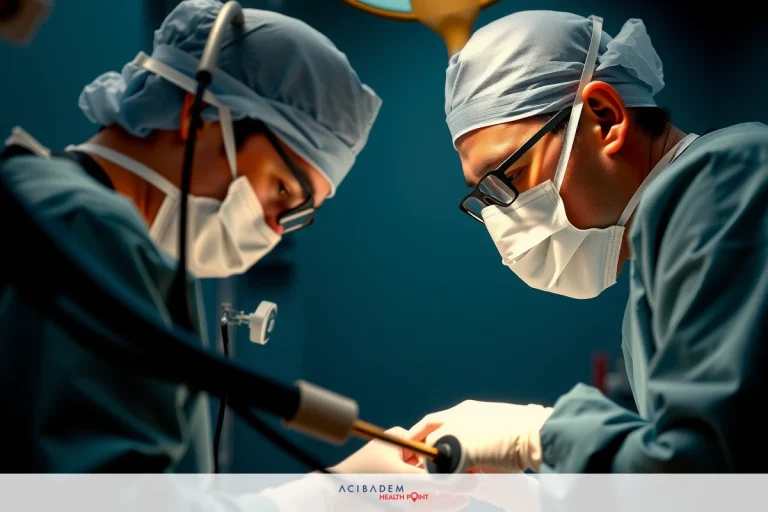What Liquid Do They Use for Rhinoplasty?
What Liquid Do They Use for Rhinoplasty? Rhinoplasty, a term often associated with the cosmetic refinement of the nose, involves an intricate process requiring precision and expertise. The liquid used in this procedure plays a pivotal role, serving functions that extend beyond mere assistance to surgical tools.
Among the myriad components of rhinoplasty is the fluid introduced into the nasal structure during surgery. This liquid serves multiple purposes including reducing bleeding, swelling, and aiding visibility for surgeons during operation. Its importance cannot be overstated as it not only facilitates surgical navigation but also contributes towards post-operative recovery.
What goes into a rhinoplasty procedure can demystify misconceptions surrounding this common form of plastic surgery. Each step from pre-operative preparations to post-surgery care matters immensely and is carefully considered by medical professionals to ensure patient safety and satisfaction.
The Role of Liquid in Rhinoplasty
The act of reshaping the nose, a procedure known as rhinoplasty, is an intricate dance between surgeon and patient. A key player in this performance that often goes unnoticed is the liquid used during surgery. This fluid performs numerous roles – from enhancing visibility to minimizing bleeding – it’s like a silent guardian aiding surgeons throughout the operation.
Rhinoplasty requires precision and delicacy. Each incision must be carefully planned and executed with utmost care. In order to facilitate this process, a special liquid is introduced into the nasal structure before any cuts are made. Its primary role? To ensure that blood vessels constrict thus reducing bleeding during surgery. By doing so, it provides surgeons with clearer visibility enabling them to make precise alterations without undue hindrance.
Another interesting aspect about this liquid pertains to its contribution towards post-operative recovery. It helps minimize swelling by creating space within the nasal tissue which allows for easier breathing after surgery while also reducing discomfort experienced by patients following the procedure.
It assists in preventing infection by flushing out debris or possible contaminants that might have found their way into surgical areas during operation thus promoting quicker healing times.
How different components contribute towards successful rhinoplasty can help demystify misconceptions surrounding what many consider complex plastic surgery procedures such as these.
Types of Liquids Used in Rhinoplasty
Rhinoplasty, commonly known as nose surgery, involves several steps and components to ensure a successful outcome. An element that plays a significant role during the procedure is the type of liquid used by surgeons. These liquids are carefully chosen considering their specific properties and benefits.
During rhinoplasty, two primary categories of liquids come into play – vasoconstrictors and saline solutions. Each has its distinct functions contributing towards different stages of the operation.
1. Vasoconstrictors: These substances cause constriction or narrowing of blood vessels which minimizes bleeding during surgery. Epinephrine is a vasoconstrictor often used for this purpose in rhinoplasty procedures.
- Saline Solutions: Saline solution serves as an irrigation fluid flushing out debris from surgical areas ensuring a cleaner operating field while also preventing potential post-operative infections.

Two medical professionals wearing surgical gowns and masks, focused on a patient during an operation in a well-lit hospital room with sterile environment. - Buffering Agents: To reduce discomfort associated with injections, buffering agents like Sodium Bicarbonate might be mixed with other fluids before administration.
- Anesthetic Agents: Lidocaine or similar local anesthetics are frequently combined with other fluids to help numb the surgical area providing comfort to patients throughout the procedure.
Each liquid’s unique attributes contribute towards making rhinoplasty safer and more comfortable for patients while enabling surgeons to execute their tasks efficiently thus leading us to appreciate even more deeply how every facet involved within nasal reshaping techniques intertwines seamlessly resulting in effective outcomes.
Recovery and Healing Process
The journey of rhinoplasty does not end with the final stitch. Instead, a new chapter begins – recovery and healing. Here again, the liquid used during surgery continues to play an integral role by promoting a smoother transition from operating room to home.
In the immediate aftermath of nose surgery, patients may experience discomfort due to swelling caused by surgical manipulation of nasal tissues. The use of certain liquids such as vasoconstrictors during operation helps mitigate this response by reducing initial tissue inflammation thus making for more comfortable post- operative days.
These fluids can also assist in preventing complications like infections which could potentially delay recovery times. They work by flushing out any possible contaminants from surgical areas thereby offering added protection during the crucial early stages of healing post-rhinoplasty.
As one navigates through their recovery journey after nasal reshaping procedure, it’s important to note that every individual is unique and so too will be their healing process. Factors such as overall health status, adherence to post-operative care instructions among others can influence how quickly or smoothly one recovers.
How different components used within rhinoplasty contribute towards this process provides additional reassurance regarding its safety while also highlighting its intricate nature where every element has been carefully considered for optimal patient outcomes.
Ultimately then whether you’re contemplating undergoing rhinoplasty yourself or merely seeking greater knowledge about this common form of plastic surgery knowing that efforts are made even down to minute aspects like selection of liquids for lessening bleeding during operation or aiding faster recovery thereafter certainly adds another layer of appreciation towards medical advancements we enjoy today.
Frequently Asked Questions
What is the role of liquid in rhinoplasty procedures?
The liquids used in rhinoplasty serve multiple functions. They can help reduce bleeding during surgery by causing blood vessels to constrict, provide a clearer operating field for surgeons, and assist in flushing out any potential contaminants that may cause post-operative infections.
Are there different types of liquids used during nose surgery?
Yes, there are primarily two categories of fluids utilized - vasoconstrictors like Epinephrine that minimize bleeding by narrowing blood vessels and saline solutions which serve as irrigation fluids helping create a cleaner surgical area.
How does the choice of liquid affect my recovery from rhinoplasty?
Liquids such as vasoconstrictors can help decrease swelling after surgery making for more comfortable initial days post- operation. They can also prevent complications like infections thereby promoting quicker healing times.
Can these liquids cause side effects or allergic reactions?
While rare, it's possible to have an allergic reaction to some substances used during surgery. This is one reason why your surgeon will perform a thorough medical examination prior to procedure making sure you're not at risk for such responses.
Will I feel discomfort when these fluids are administered?
Most patients report minimal discomfort due to administration of these liquids as local anesthetics are usually combined with other fluids before injection. Individual experiences might vary based on personal pain thresholds among other factors.











